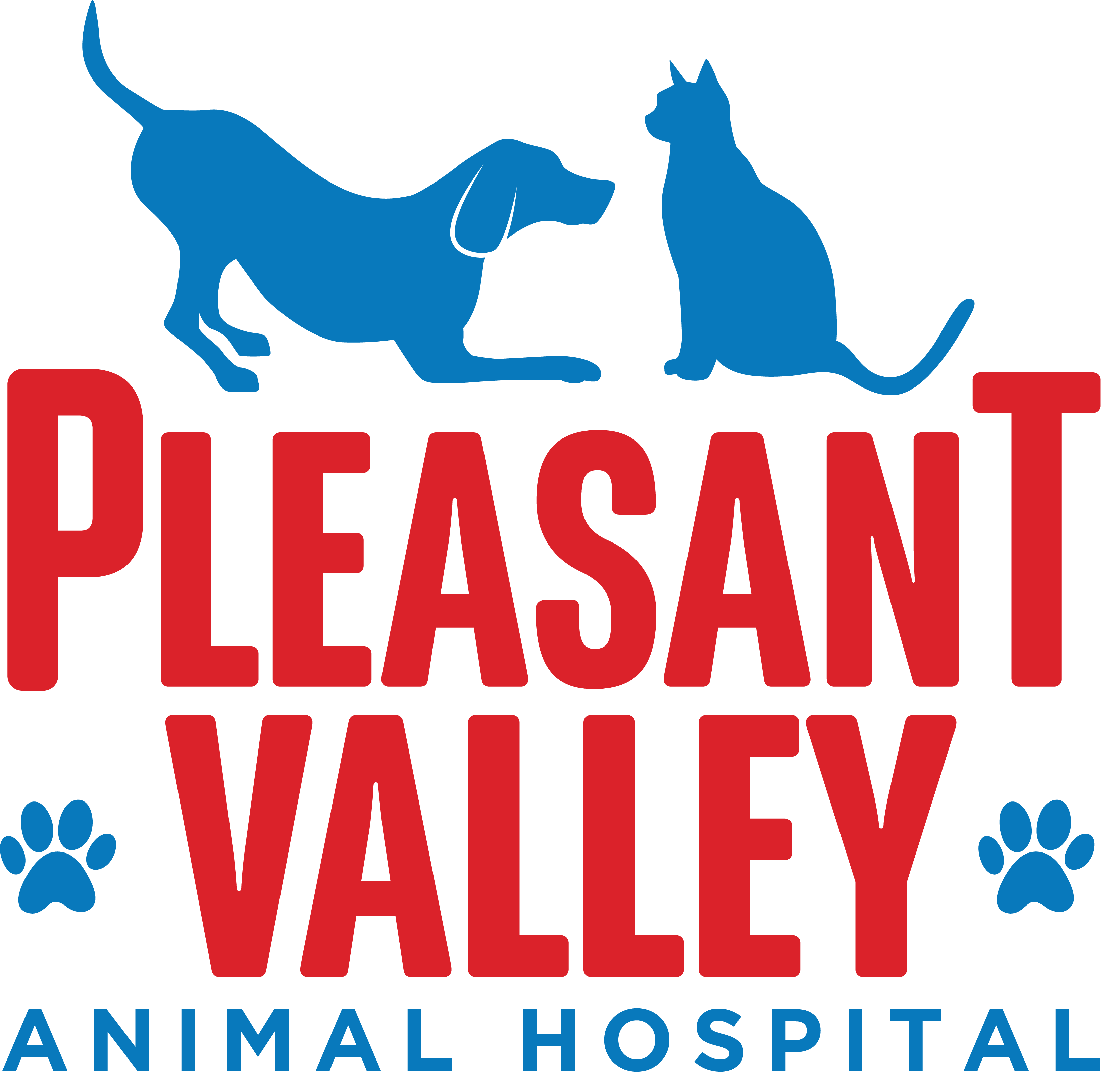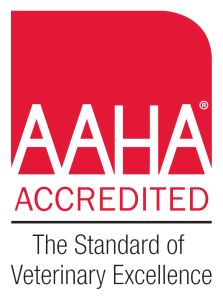Our holistic health care program incorporates the best of conventional, Western medicine with the best of Traditional Chinese Veterinary Medicine. This progressive strategy creates a complete health plan for your pet, helping them through immediate/acute health conditions, recovery and maintenance after they have returned to health.
Traditional Chinese Veterinary Medicine has four branches: acupuncture, herbal medications, food therapy and Tuina.
Acupuncture
Acupuncture is an ancient form of medical treatment, originating over 3,000 years ago. While its deepest roots are Chinese, modified forms of acupuncture are also practiced in Japan and Korea. Its primary focus is to heal by restoring and maintaining the body’s balance.
Acupuncture utilizes thin, specially designed needles to stimulate certain points on the body. The placement of these needles stimulates nerve conduction, hormones and pain-relieving chemicals, neurotransmitters and the immune system. Results include pain relief, improved musculoskeletal strength and mobility, relief from a variety of internal medical conditions and improved quality of life.
Needle selection and placement are tailored according to each patient’s needs and preferences. Therefore, each treatment and session is unique, as animals are ever-changing. Needles are left in place for 15-30 minutes, as dictated by patient need.
Acupuncture may be enhanced by the use of a mild electrical current as well as the injection of vitamin B12 at particular acupuncture points.
Chinese herbal therapy
Chinese herbal therapy is the second essential component of TCVM. Herbal treatment is directly correlated with the Chinese medical assessment and the Western medical diagnosis. Herbal therapy draws on ancient knowledge of herbal properties to treat and cure disease. As the popularity of herbal treatment grows, the body of research conducted to support and explain herbal efficacy also continues to grow.
Because herbal therapy is tailored to the specific needs of each patient, evaluation by a Chinese medicine practitioner is essential. For example, two 3 year-old German Shepherds with painful hips would not necessarily receive the same treatment plan or herbal medications.
Food therapy
Food therapy, the third branch of TCVM, utilizes the natural healing properties found in everyday foods to enhance treatment success. Proper nutrition is a vital part of achieving complete wellness and, therefore, is an important aspect of holistic treatment. Your pet will receive specific dietary recommendations with each integrative medical consultation. Any food allergies and/or food preferences your pet has are taken into consideration when these plans are designed.
Tuina
Tuina, or Tui-Na-An-Mo (TNAM), is a manual therapy and the final branch of TCVM. During tuina treatment, various manipulations are applied to acupuncture points. First used around 1600 BC, it is useful for musculoskeletal conditions, internal medical disorders, a variety of geriatric conditions, pediatric disease, disease prevention and athletic performance enhancement.
Tuina treatments can be a part of the integrative medical consultation. You will learn how to use Tuina techniques at home as part of the Integrative Health Summary and your pet’s wellness plan.




